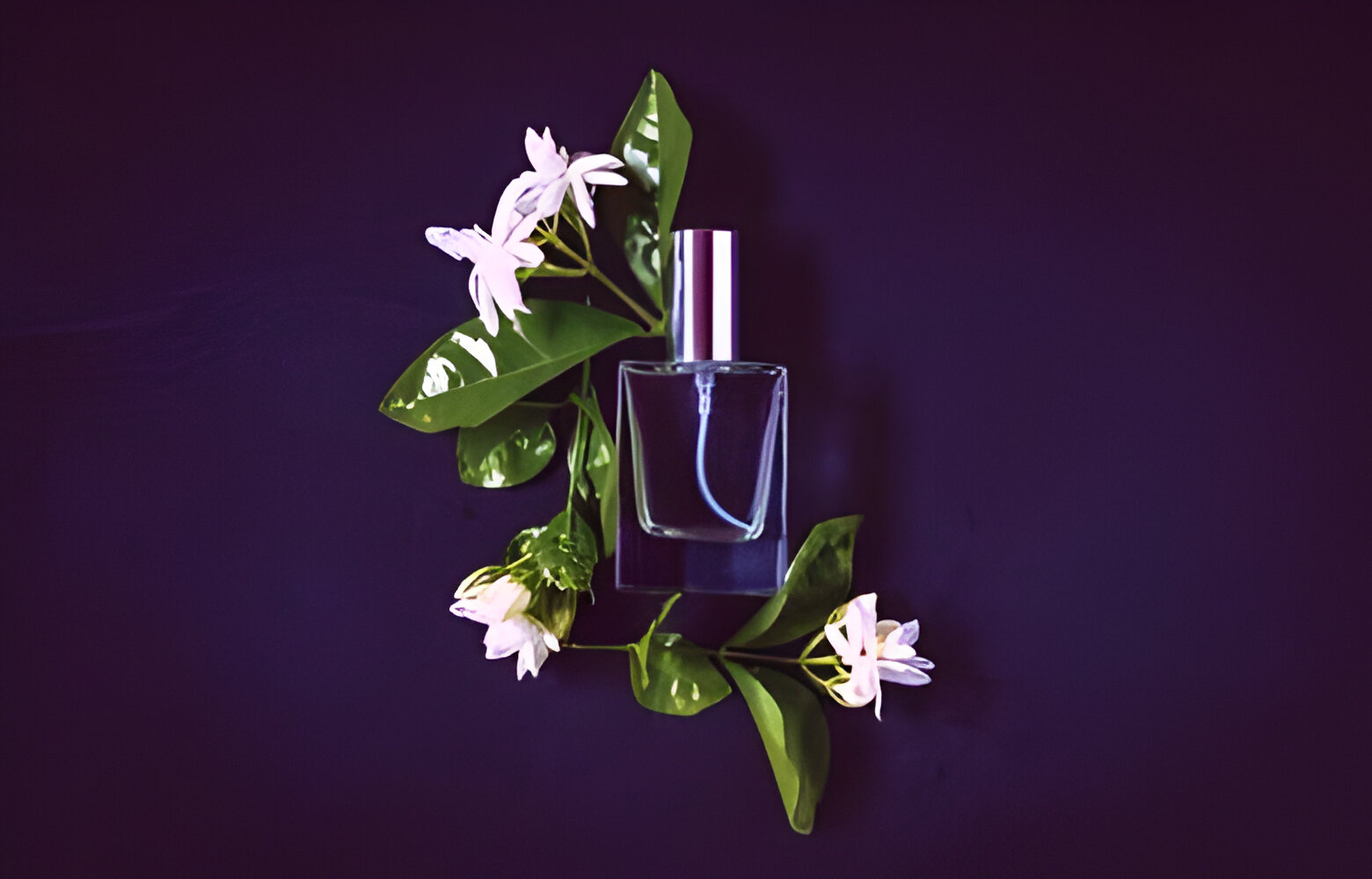As I walk through a garden filled with blooming flowers, I am immediately captivated by the enchanting fragrances that fill the air. The sweet, delicate scents of flowers have a way of transporting me to a world of tranquility and beauty. Fragrant flowers have been cherished for centuries, and their unique aromas have the power to awaken our senses and evoke emotions. In this article, I will take you on a journey to explore the fascinating world of fragrant flowers, from the science behind their fragrance to the therapeutic benefits they offer.
The Science Behind Fragrance in Flowers
The captivating fragrance of flowers is not just a delightful coincidence, but rather a result of a complex biochemical process. Flowers produce volatile organic compounds (VOCs), which are responsible for their unique scents. These VOCs are released into the air and are detected by our olfactory system, triggering a sensory response in our brains. The chemical composition of these compounds varies from flower to flower, giving each bloom its distinctive fragrance.
Scientists have also discovered that the fragrance of flowers serves a purpose beyond simply attracting pollinators. Some flowers emit scents that repel pests, while others produce fragrances that attract specific pollinators, ensuring the survival and reproduction of the plant. The science behind fragrance in flowers is a captivating field of study, unraveling the secrets of nature’s perfumes.
The History and Symbolism of Fragrant Flowers
The allure of fragrant flowers dates back to ancient times, where they were revered for their beauty and intoxicating scents. In many cultures, fragrant flowers hold symbolic meanings and are used in various rituals and ceremonies. For example, in ancient Egypt, the lotus flower was considered sacred and symbolized rebirth and purity. In Victorian times, the language of flowers was a popular way of communicating sentiments, with each flower having its own symbolic meaning.
Fragrant flowers have also played a significant role in religious ceremonies and spiritual practices. The burning of incense made from fragrant flowers is a common practice in many cultures, believed to purify the air and create a sacred atmosphere. The history and symbolism of fragrant flowers are as rich and diverse as the scents they produce, adding an extra layer of enchantment to their allure.
Popular Fragrant Flowers and Their Unique Scents
The world of fragrant flowers is vast, with a wide array of blooms that entice our sense of smell. Some of the most popular fragrant flowers include roses, jasmine, lavender, lilacs, and lilies. Each of these flowers has its own unique scent profile, ranging from the sweet and romantic fragrance of roses to the calming and soothing aroma of lavender.
Roses, with their timeless beauty and intoxicating fragrance, have long been associated with love and romance. Jasmine, on the other hand, exudes a heady and exotic scent that is both sensual and calming. Lavender, with its fresh and herbaceous fragrance, is renowned for its relaxing and sleep-inducing properties. Lilacs, with their delicate and nostalgic scent, evoke memories of springtime and renewal. Lilies, with their bold and captivating aroma, symbolize purity and innocence.
How to Incorporate Fragrant Flowers into Your Garden
Creating a garden filled with fragrant flowers is a wonderful way to enhance your outdoor space and indulge your senses. When planning your garden, consider the bloom times and scents of different flowers to ensure a continuous fragrance throughout the seasons. Plant fragrant flowers in areas where you spend the most time, such as near seating areas or pathways, so you can fully enjoy their delightful scents.
Some fragrant flowers, like roses and lavender, thrive in full sun, while others, like lilies and lilacs, prefer partial shade. Take into account the specific growing conditions required by each flower to ensure their optimal growth and fragrance. Incorporating fragrant flowers into your garden not only adds beauty and fragrance but also attracts pollinators, creating a thriving ecosystem in your own backyard.
Flower Arranging with Fragrant Blooms
Bringing fragrant flowers indoors allows you to enjoy their enchanting scents even when you’re not outside. Flower arranging is an art form that allows you to create stunning displays while showcasing the unique fragrances of different blooms. When selecting flowers for arrangements, consider the complementary scents and colors to create a harmonious and visually pleasing composition.
To create a fragrant flower arrangement, start by choosing a variety of blooms with different scents. Combine flowers with complementary fragrances, such as roses and lavender, or create a bouquet with a single dominant scent, like a bouquet of lilies. Arrange the flowers in a vase, taking care to trim the stems at an angle and remove any leaves that will be submerged in water. Place the arrangement in a prominent area of your home and let the enchanting fragrance fill the air.
The Therapeutic Benefits of Fragrant Flowers
The captivating scents of fragrant flowers not only delight our senses but also offer therapeutic benefits for our well-being. Aromatherapy, the use of fragrances for healing purposes, has been practiced for centuries and is gaining recognition in modern medicine. The essential oils extracted from fragrant flowers are used in a variety of therapeutic applications, from promoting relaxation and reducing stress to alleviating headaches and improving sleep quality.
Certain fragrant flowers, like lavender and chamomile, have been found to have calming effects on the nervous system, making them ideal for promoting relaxation and improving sleep. The scent of roses has been shown to reduce anxiety and uplift mood, while jasmine has been found to have sedative properties. Incorporating fragrant flowers into your daily life, whether through essential oils, bath products, or simply enjoying their scents in the garden, can have a positive impact on your overall well-being.
Fragrant Flowers for Special Occasions and Gifts
Fragrant flowers make for thoughtful and meaningful gifts on special occasions. Whether it’s a bouquet of roses for Valentine’s Day or a vase of lilies to celebrate a birthday, fragrant flowers have the power to convey emotions and create lasting memories. When selecting fragrant flowers as gifts, consider the recipient’s preferences and the occasion to choose the perfect blooms.
For a romantic gesture, roses are the quintessential choice, symbolizing love and passion. Lilies, with their bold and captivating fragrance, make a statement and are often associated with celebrations and achievements. Sweet-scented flowers like jasmine or gardenias are perfect for expressing gratitude or admiration. Whatever the occasion, fragrant flowers add an extra layer of enchantment and significance to any gift.
Caring for Fragrant Flowers to Prolong Their Scent
To fully enjoy the enchanting fragrances of your flowers, it is important to care for them properly. Providing the right conditions and maintenance will help prolong the scent and ensure the longevity of your blooms. Here are some tips to care for fragrant flowers:
- Watering: Most fragrant flowers prefer regular watering, but be careful not to overwater as it can lead to root rot. Check the moisture level of the soil and water accordingly.
- Pruning: Regular pruning helps promote healthy growth and prolong the blooming period. Remove spent flowers and trim any dead or damaged stems to encourage new growth.
- Fertilizing: Use a balanced fertilizer to provide essential nutrients for your fragrant flowers. Follow the instructions on the fertilizer package for the correct dosage and frequency of application.
- Sunlight: Most fragrant flowers require adequate sunlight to thrive and produce their characteristic scents. Ensure they receive the recommended amount of sunlight for optimal growth.
By following these care tips, you can enjoy the enchanting fragrances of your flowers for longer and create a thriving garden filled with delightful scents.


